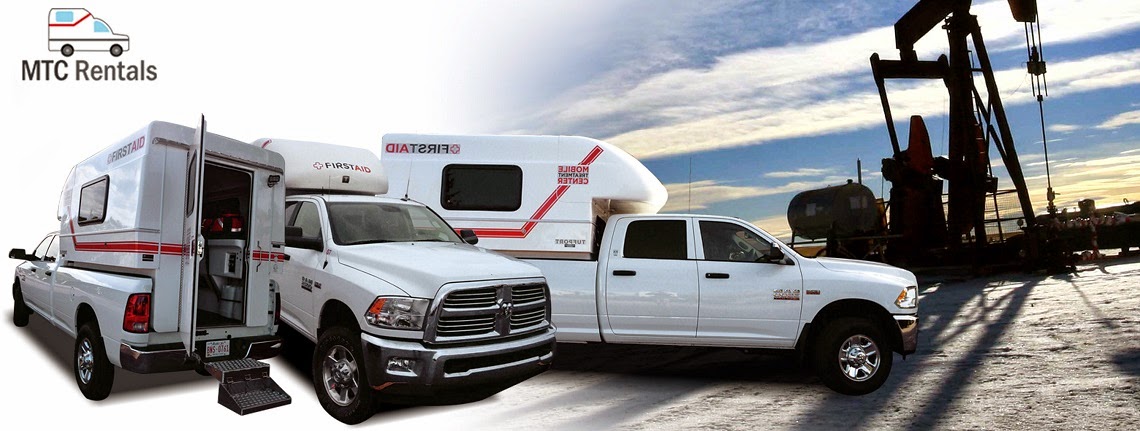What is CMVSS and what do MTC / ETV units require for rollover protection?
If a vehicle is being used for transportation of injured workers the vehicle and any attachments must meet rollover requirements.Below you can find information regarding these requirements:
What does CMVSS stand for?
Canada Motor Vehicle Safety Standards
What does FMVSS stand for?
Federal Motor Vehicle Safety Standards (USA)
Where can I get a certification?
It is the responsibility of the manufacturer to provide certificates for each MTC/ETV. Call the manufacturer for a copy of the certificate.
Can I certify my own units to CMVSS rollover requirements?
No, this is a lengthy process done by the manufacturer. Once testing and requirements have been met, each unit of the same design by the same manufacturer are certified.
Are there special procedures to install MTCs?
Yes, follow the instructions provided by the manufacturer. Any shortcuts (such as attaching the unit to the bed of the truck instead of the chassis) may result a compromised CMVSS certificate.
Where can I find more information about Rollover Protection?
You can find more information at the Transport Canada Motor Vehicle Safety regulations.
What requirements do you have to meet to become FMVSS certified?
FROM TECHNICAL STANDARDS DOCUMENT No. 220, Revision 0R:
"When a force in Newtons equal to 1½ times the unloaded vehicle weight in kilograms multiplied by 9.8 m/sec2 is applied to the roof of the vehicle’s body structure through a force application plate as specified in S5, Test Procedures (a)The downward vertical movement at any point on the application plate shall not exceed 130 mm and(b)Each emergency exit of the vehicle provided in accordance with section 217 of the Motor Vehicle Safety Regulations Standard No.217 (Sec.571.217) shall be capable of opening as specified in that Regulation standard during the full application of the force and after release of the force, except that an emergency exit located in the roof of the vehicle is not required to be capable of being opened during the application of the force. A particular vehicle (i.e., test specimen) need not meet the emergency exit opening requirement after release of force if it is subjected to the emergency exit opening requirements during the full application of the force."
If you have any questions please email us at: Rentals@MTCRentals.ca
Visit: MTCRentals.ca
Also see:

